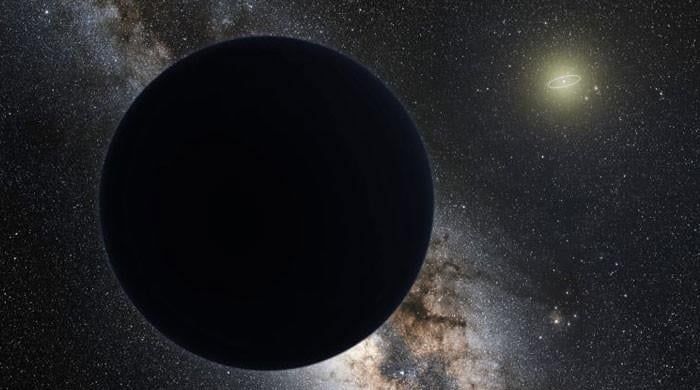A recent study successfully eliminated about 78% of the previously calculated possible locations
A study recently presented to The astronomical magazine persists in the search for the elusive Planet Nine, a hypothetical celestial body believed to orbit in the outer margins of the solar system, far beyond the orbit of Pluto, Universe today reported.
Led by Dr. Mike Brown, the Richard and Barbara Rosenberg Professor of Astronomy at Caltech and lead author of the study, the research aimed to identify potential locations for Planet Nine.
Using data from the Panoramic Survey Telescope and Rapid Response System (Pan-STARRS), the study covered the largest region to date.
Dr. Brown explained the motivation, saying, “We are still trying to systematically cover all regions of the sky where we predict Planet Nine will be.”
The study successfully eliminated about 78% of the previously calculated possible locations and provided new estimates for Planet Nine's approximate semimajor axis and the size of the land mass.
While the study did not discover Planet Nine, it significantly narrowed the search area, covering approximately 80% of the predicted regions.
Looking ahead, Dr Brown identified the Legacy Survey of Space and Time (LSST) as a promising avenue for discovery. LSST, which will begin in one or two years at the Vera C Rubin Observatory in Chile, is a 10-year program designed to explore the southern sky.
Dr. Brown expressed optimism, stating, “If Planet Nine is there, [LSST] We will find it.” The potential discovery of Planet Nine is significant as it would be the fifth largest planet in our solar system, offering a unique opportunity for its study.
Dr. Brown emphasized that Planet Nine is crucial in explaining various anomalies in the outer solar system, and its existence could unlock new insights into the formation and dynamics of the solar system. The search for Planet Nine continues, shaping the future of astronomical exploration.












